This is a tiny peristaltic pump designed to move small amounts of liquid at low flow rates. It's nothing special really, but is a good example of functional 3D printing. Currently I am tweaking the design to get the best fit possible. Once I have something good I'll upload the files, which should be in the next day or so.
3D Printable Micro Peristaltic Pump
A peristaltic pump you can 3D print! In a tiny 1.5" Package!
 Crypto [Neo]
Crypto [Neo]
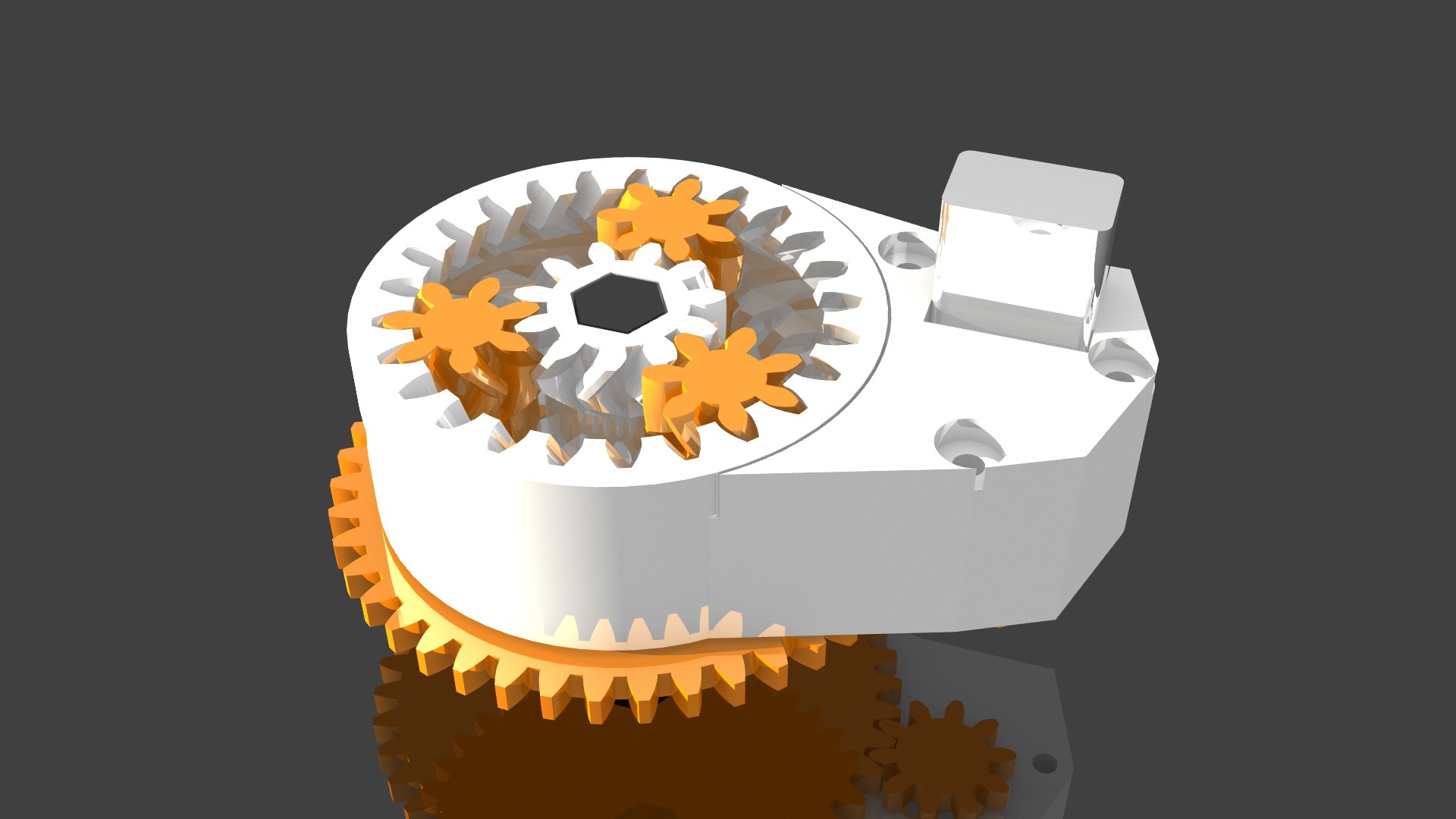

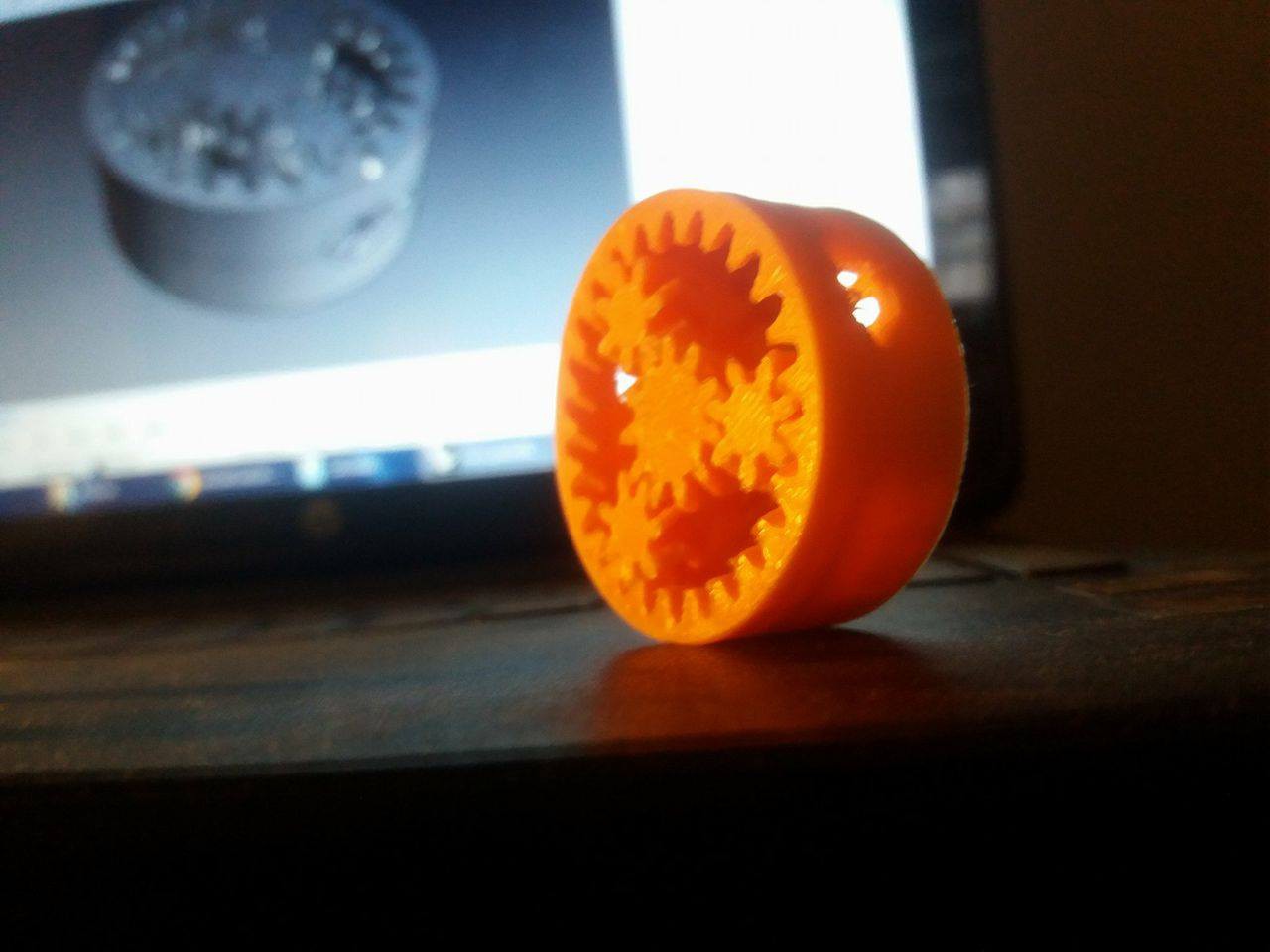
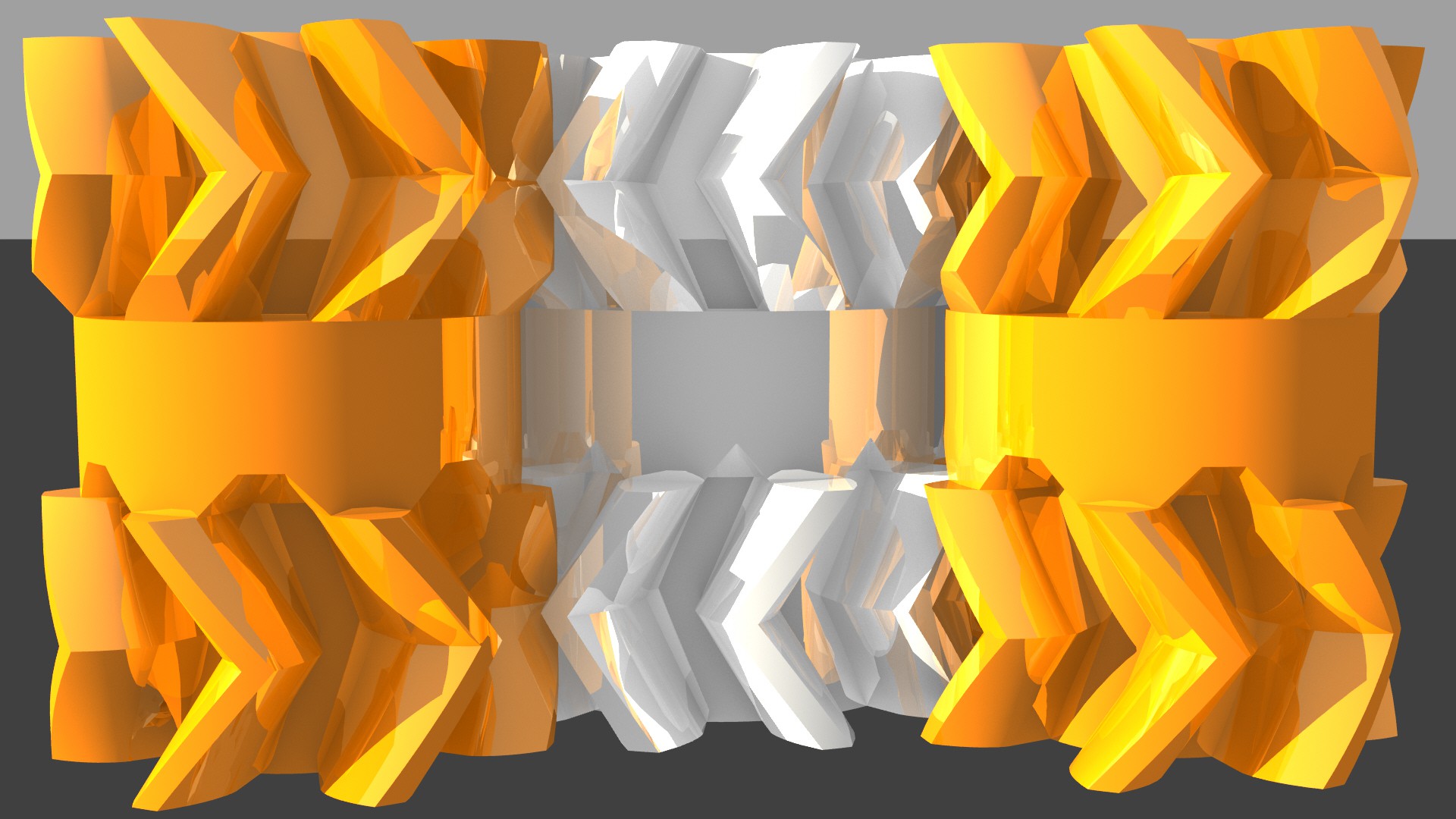

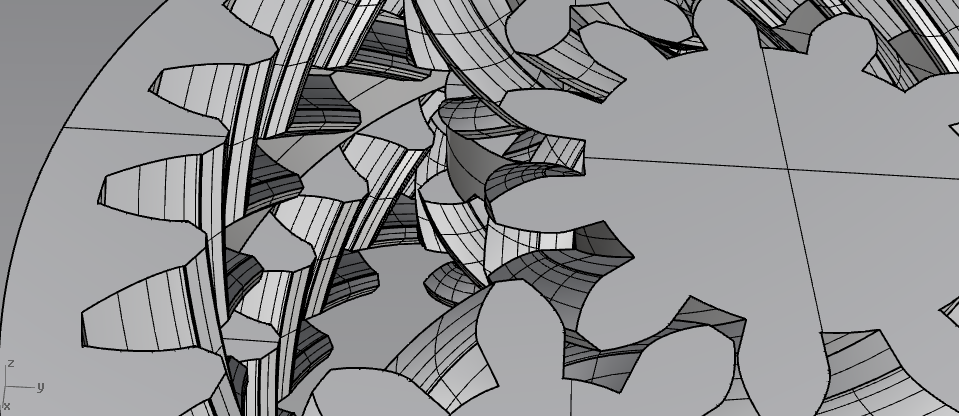
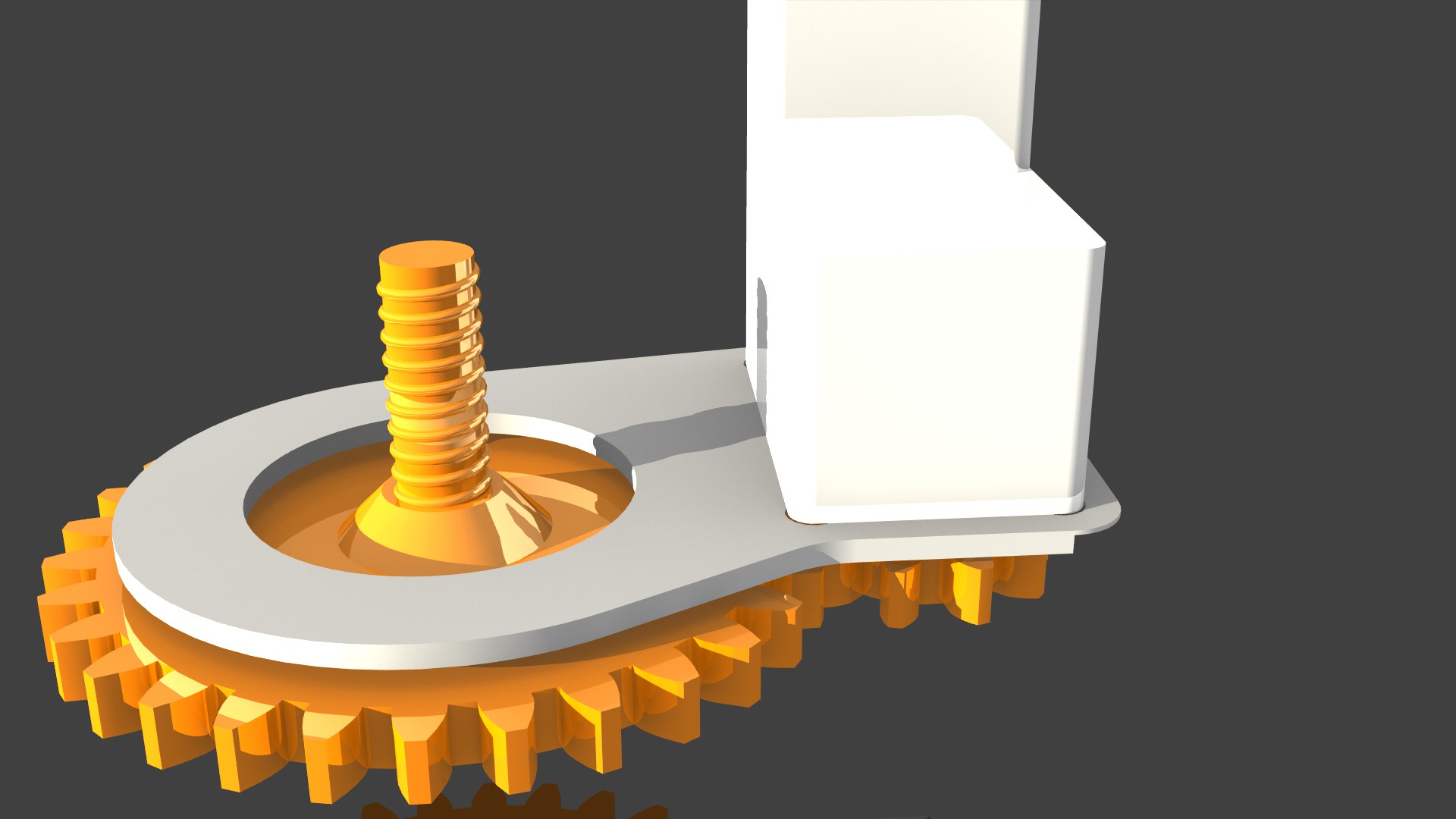
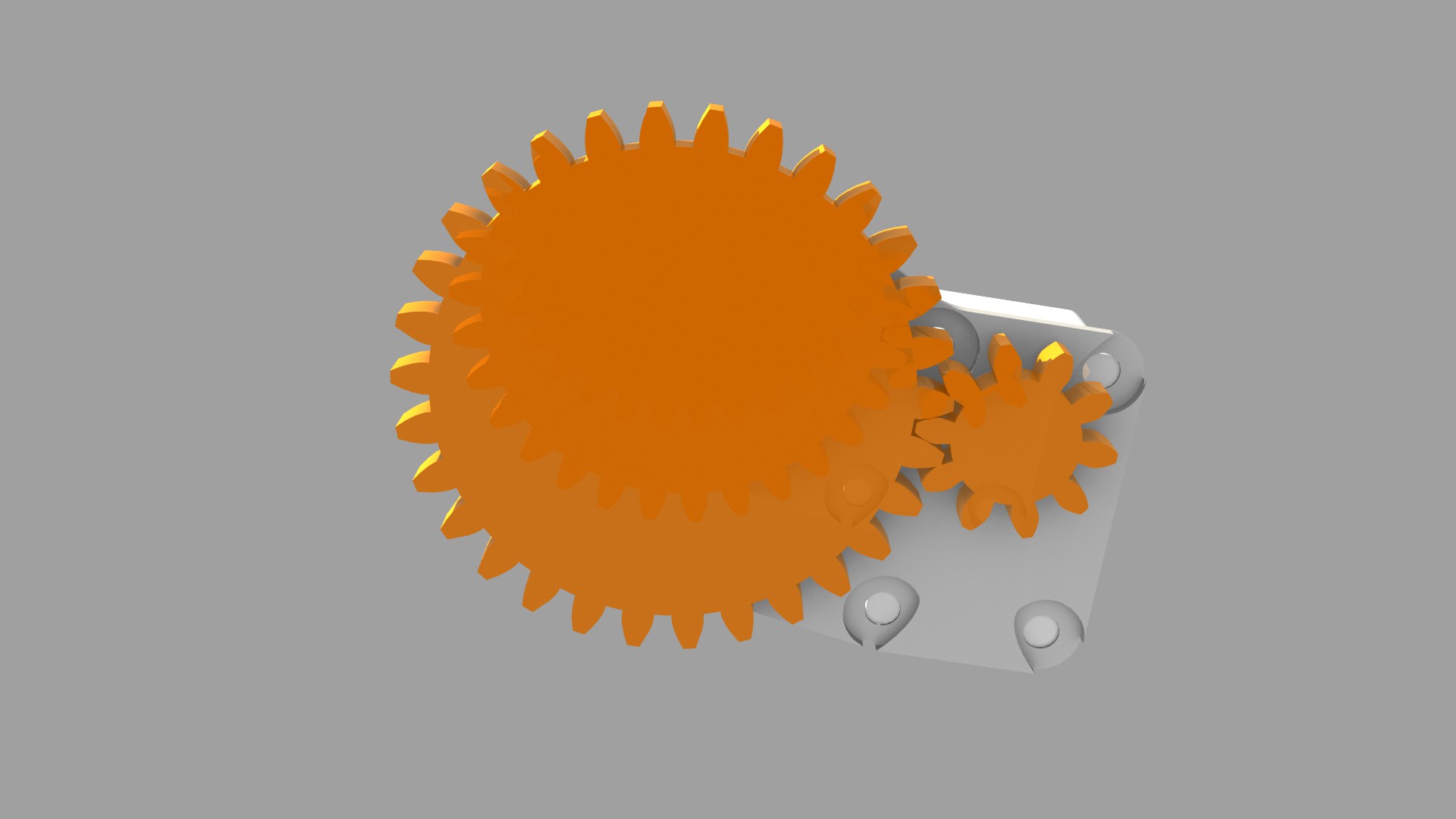


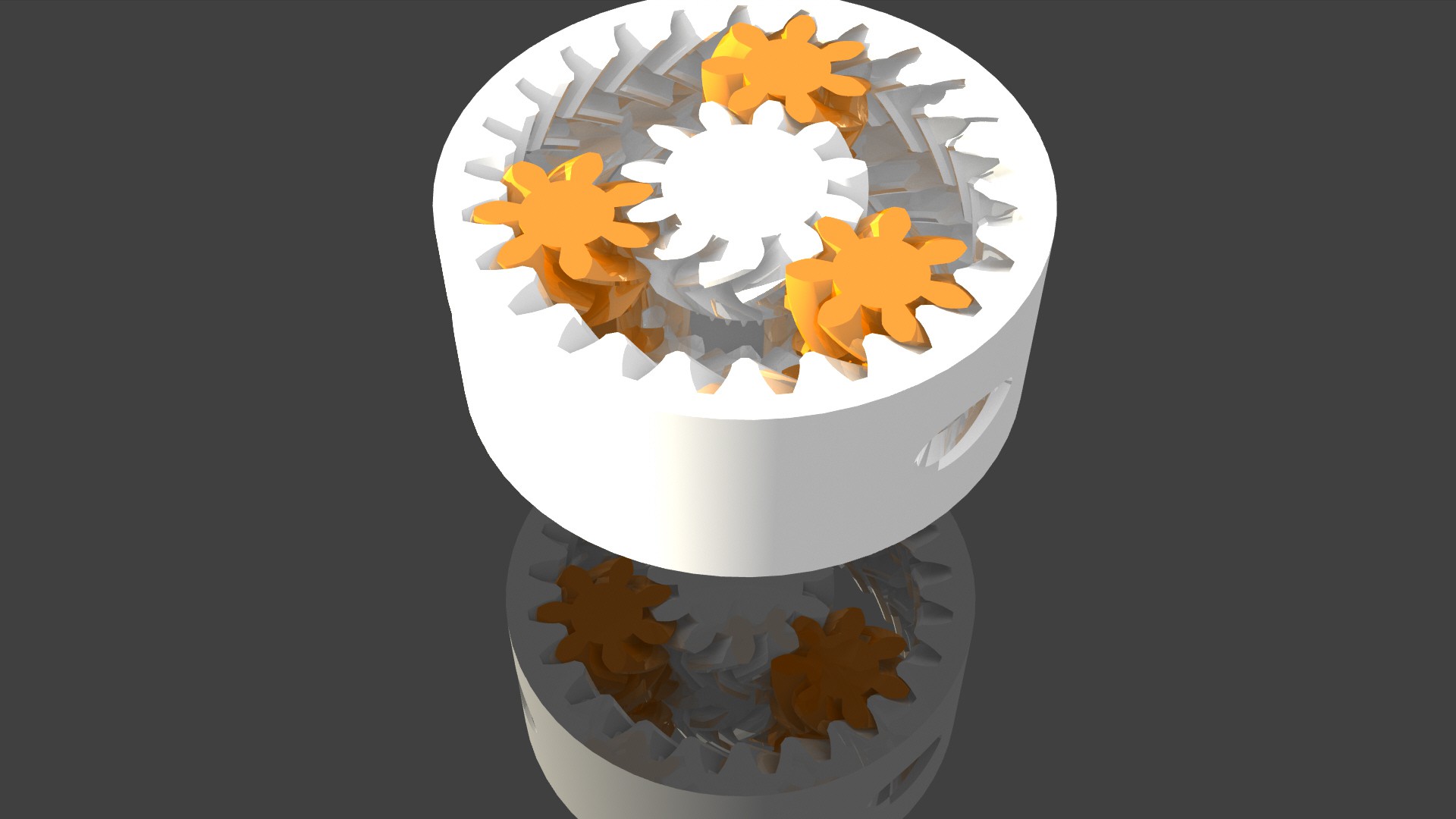

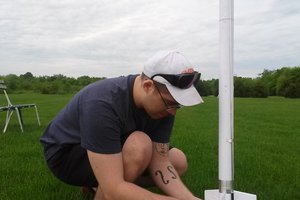
 Mike Maluk
Mike Maluk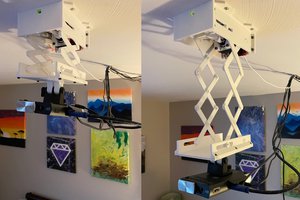
 Sam Baker
Sam Baker
 Fabian
Fabian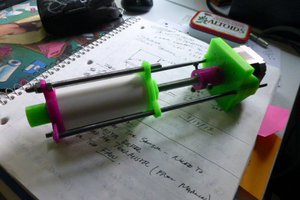
 doctek
doctek
Very nice. I'm thinking of using this design sometime in the near future, although likely with a steper motor. How precise and accurate is its flow rate with the GM23? In other words, does it vary a lot over time? Are flow rates very reproducible?